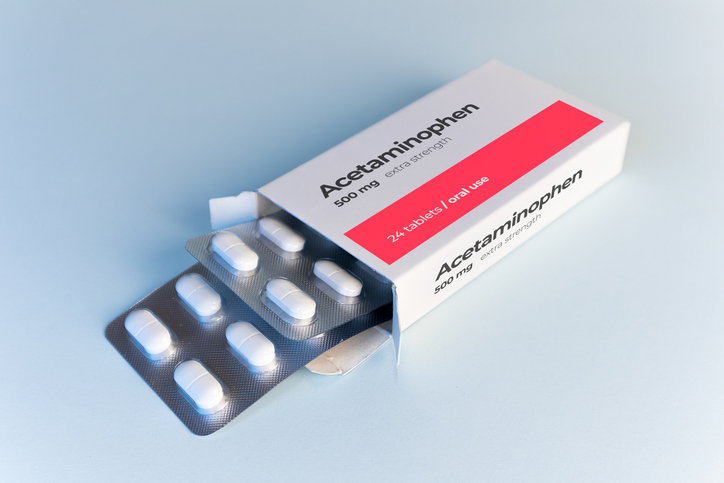
In a recent study, researchers found tanezumab successfully helped with functionality and pain management in patients with osteoarthritis (OA) of the hip or knee.
The randomized, double-blind, placebo-controlled, multicenter, parallel-group, 40-week study included 696 patients with hip or knee OA who had not responded to standard treatments. Patients eligible for inclusion had hip or knee OA based on clinical and radiographic ACR criteria; baseline Western Ontario and McMaster Universities (WOMAC) Pain and Physical Function scores of ≥ 5 (11-point scale); baseline Patient’s Global Assessment of OA (PGA-OA) of “fair,” “poor,” or “very poor”; and non-responsiveness/intolerance to acetaminophen, NSAIDs, and either tramadol or opioids (or were unwilling to take opioids). Patients either received placebo (n = 232) or tanezumab administered in two treatment regimens over 16 weeks: fixed-dosing (2.5 mg at baseline and week eight; n = 231) or step-up dosing (2.5 mg administered at baseline and 5 mg at week eight; n = 233).
Nearly a decade wait for favorable results of #tanezumab for moderate-severe OA pain yielding improved pain and function with minimal adverse events but increased rate TJR adjudicated as normal OA progression #ACR18 #Pfizer #Lilly pic.twitter.com/jdqAaC8M0S
— Ara Dikranian (@RumorDoc) October 23, 2018
https://twitter.com/Rheumatic_bio/status/1055169325651251200
By week 16, compared with the placebo group, tanezumab patients in both dosing groups showed significant improvements in WOMAC Pain (mean change from baseline: placebo, -2.64; tanezumab 2.5 mg, -3.23; tanezumab 2.5 mg/5 mg, -3.37), WOMAC Physical Function (mean change from baseline: placebo, -2.56; tanezumab 2.5 mg, -3.22; tanezumab 2.5 mg/5 mg, -3.45), and PGA-OA (mean change from baseline: placebo, -0.65; tanezumab 2.5 mg, -0.87; tanezumab 2.5 mg/5 mg, -0.90). Adverse events occurred in 115 (49.6%) placebo patients, 128 (55.4%) fixed-dosing tanezumab patients, and 109 (46.8%) step-up dosing tanezumab patients. The most common adverse effects across all three groups were nasopharyngitis, pain in extremity, and paresthesia. Four patients in each group experienced serious adverse events.
Pfizer/Lilly showcase data for NGF pain drug tanezumab at ACR https://t.co/pCqNbRKEwE >>> https://t.co/HTA6IsoHwv #strategy #competitiveintelligence #marketing pic.twitter.com/G584Qt4QvK
— Dr Timos Papagatsias (@_timos_) October 24, 2018
The study’s findings were presented at the annual meeting of the American College of Rheumatology.
Tanezumab sc (anti-nerve growth factor) interesting for OA knee and hip, but the added elective joint replacements without radiographic differences between groups remains unexplained. More safety data on the way #ACR18 ABSTL20 @RheumNow
— David Liew (@drdavidliew) October 23, 2018
“Increasing the dose to 5 mg at Week 8 was associated with modest additional benefit versus continuation on tanezumab 2.5 mg,” the researchers wrote. “This study demonstrates that SC tanezumab may be an effective option for patients who have demonstrated intolerance or incomplete response to standard treatments for OA.”
Losing Weight with Knee Osteoarthritis: More is Better
Despite Increase in Osteoarthritis, Knee Arthroscopy on the Decline in Adults
Knee Osteoarthritis Linked to Obesity







 © 2025 Mashup Media, LLC, a Formedics Property. All Rights Reserved.
© 2025 Mashup Media, LLC, a Formedics Property. All Rights Reserved.